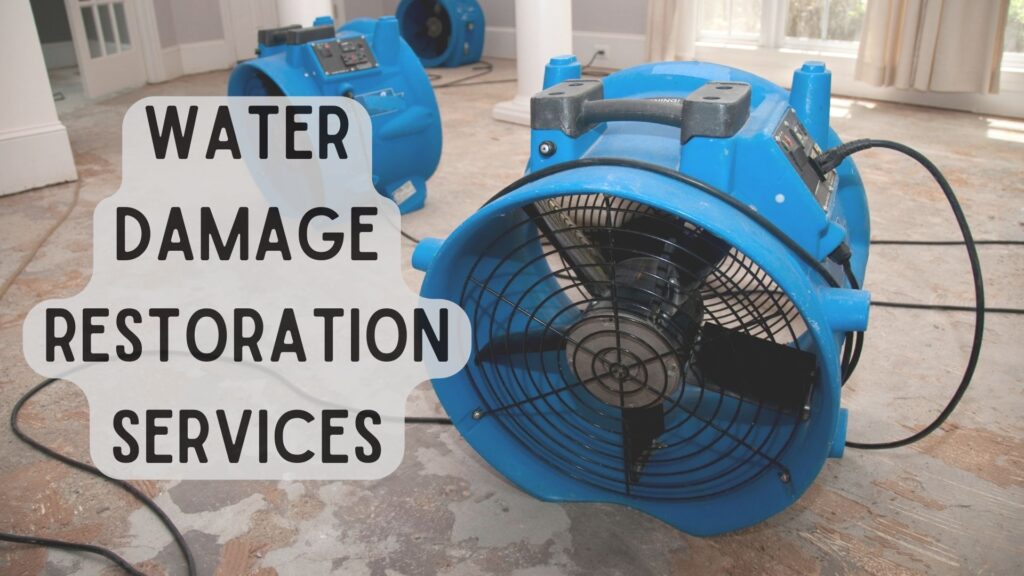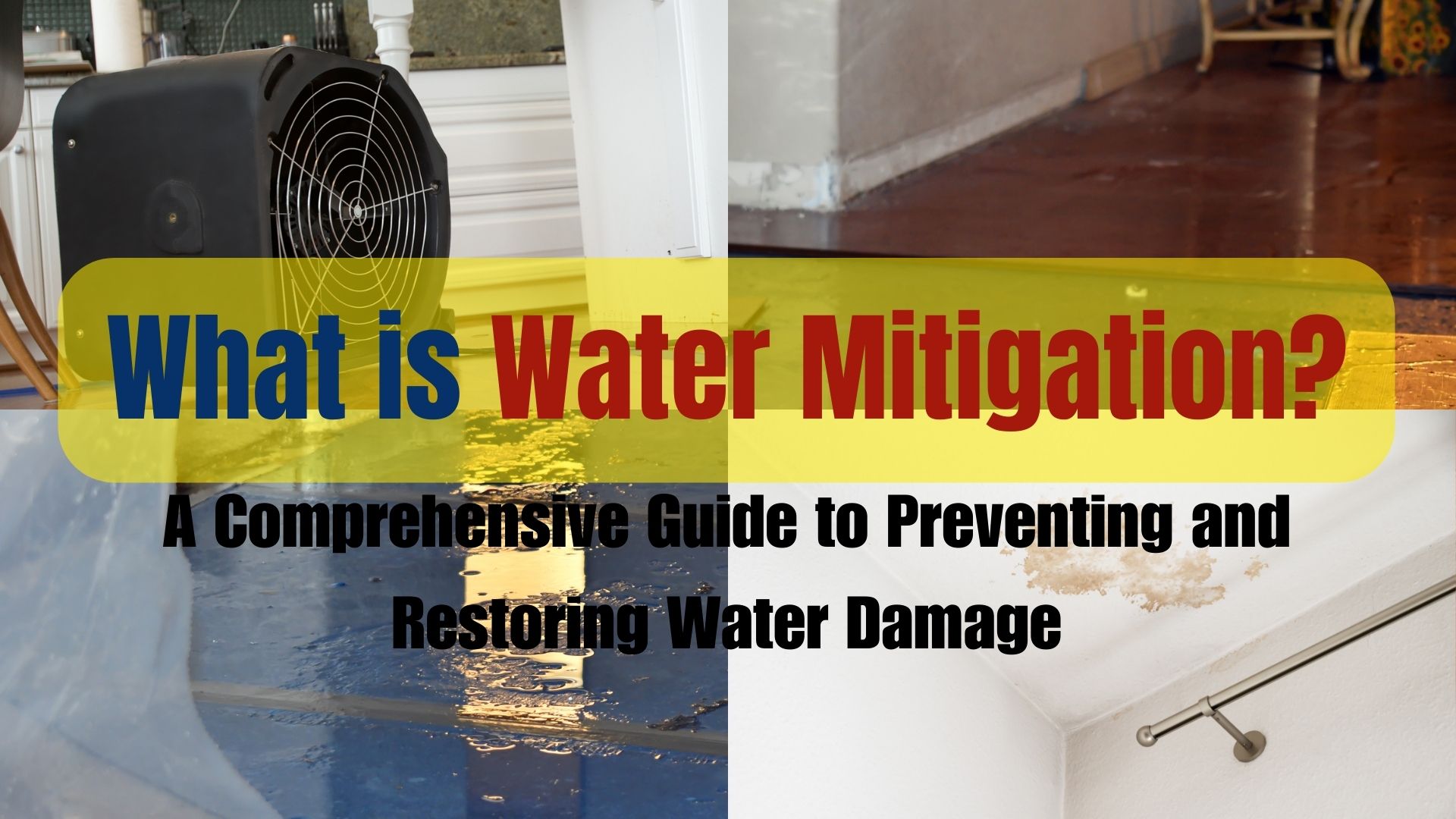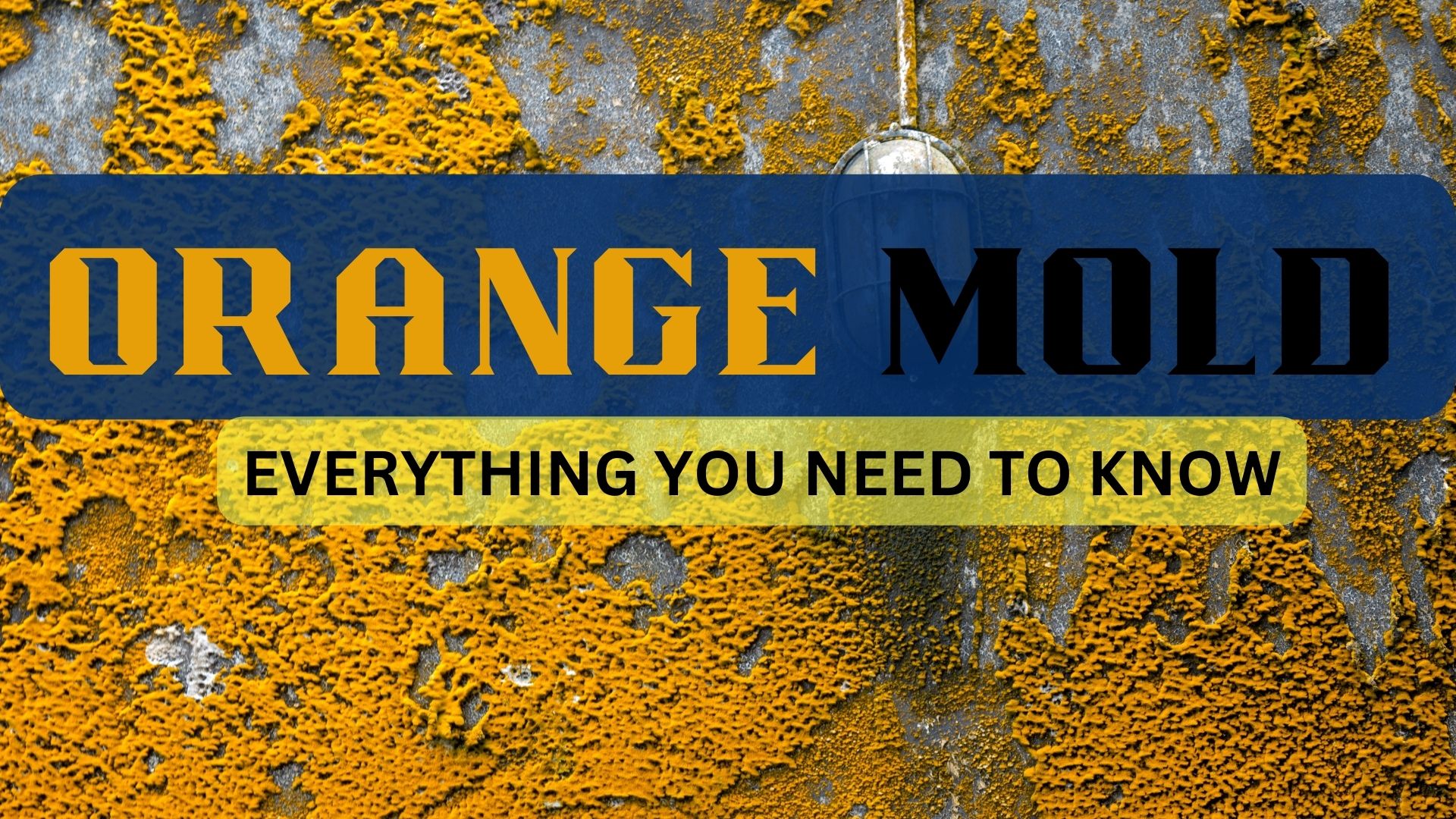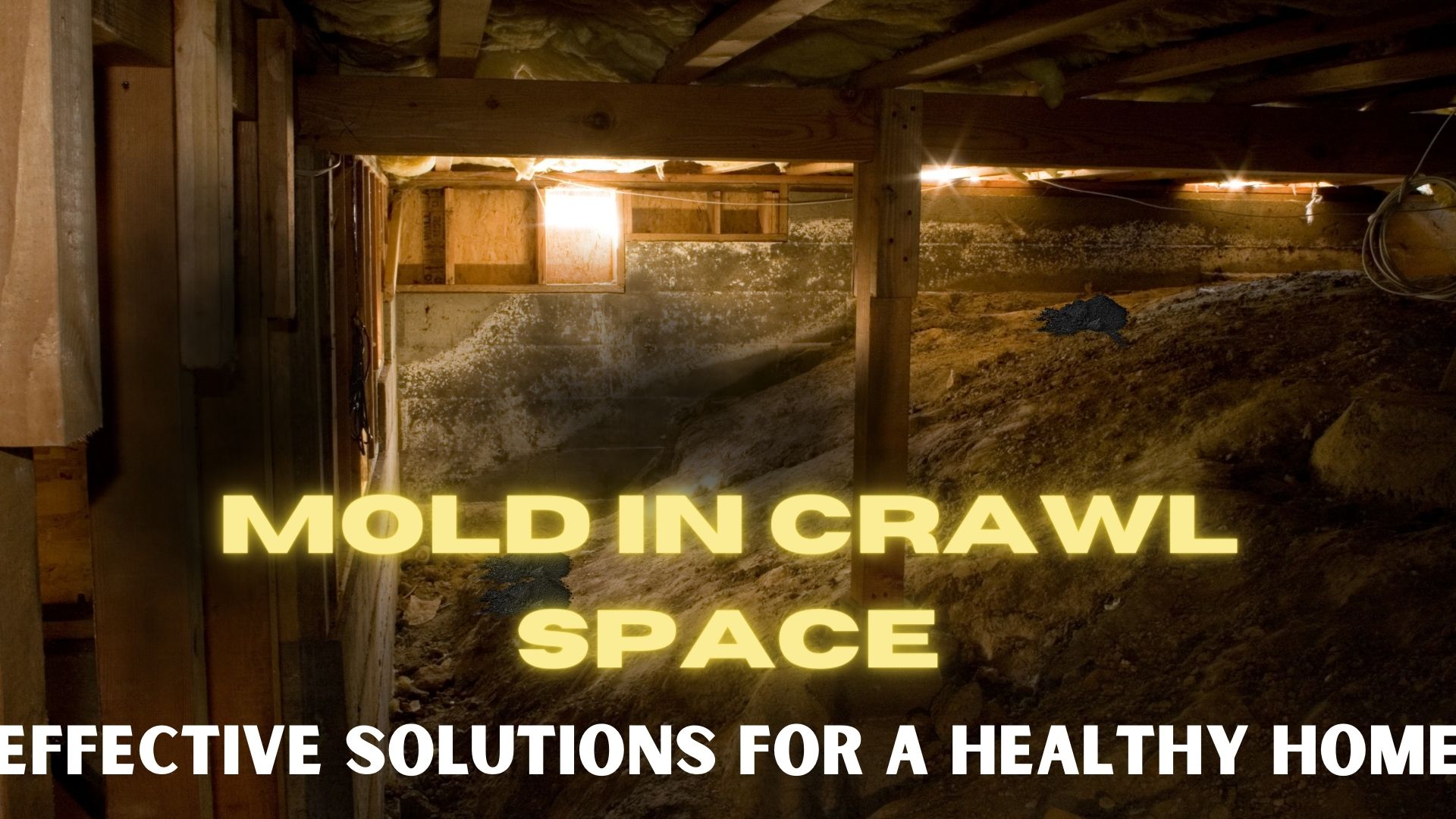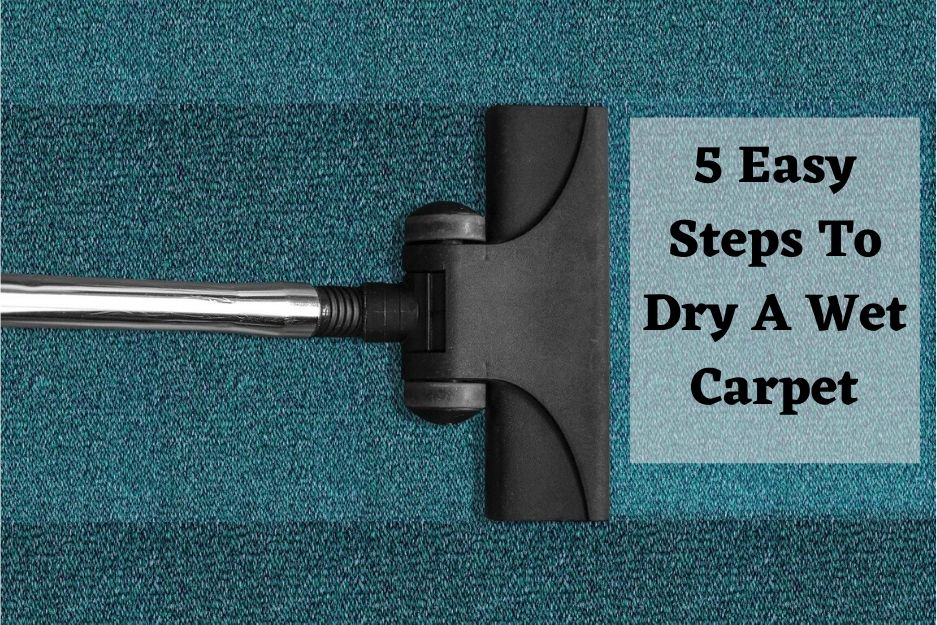
5 Easy Steps to Dry a Wet Carpet
Whether your carpet has been soaked due to a leaky pipe or flooding, it is crucial to dry it out immediately. A wet carpet can cause serious damage to your sub-flooring and walls and when sits for a long time can lead to serious mold problems. How to dry a wet carpet is not that complicated! Read on to learn more about how to dry your water damaged carpet.
What To Consider When You Dry a Wet Carpet
Time is of the essence when drying a wet carpet. The sooner you fix the carpet, the greater the chances of restoring it. But, before you begin drying your carpet, you should consider the following;
1. The Source Of The Damage
The type of water that has caused damage to your carpeting determines how easy it is to clean and dry your wet carpet. If the water damage is caused by broken pipes or supply lines, the water is clean, then drying is usually not complicated. However, if the water involves belongs to category 3 water damage like floodwaters, then the cleanup process is complicated. Category 3 water contains contaminants that are difficult to remove from the carpet.
2. The Severity of the Damage
If there is not much water involved in the damage, like one inch or two, it is most likely easy to clean up. But, if there were several inches of water involved or if the carpet has been saturated for a longer time, it may be difficult to salvage your water-damaged carpet.
3. The Age of your Carpet
Over time, the backing of your carpet becomes deteriorated. In some cases, when the carpet has been damaged in the past, its backing falls apart from the carpet itself.
How To Dry a Wet Carpet
When dealing with water damaged carpeting, it is important to move fast to avoid further damage to your sub-flooring and mold infestation.
Drying your carpet is easier done if the source of the water is fixed and the furniture that sits on the carpet is completely removed. Find and fix the source of the water first and carefully move items to a dry place. Then, the drying process should begin;
Step 1: Remove As much Water As Possible
The most important part when you dry a wet carpet is to remove as much water as possible.
If there is a large amount of water involved, use a submersible pump to extract the standing water. You can have the pump rented from your local equipment rental company.
If the water is not fully covering your carpet, you may rather use a shop vac. Shop vacs have strong suctioned and can effectively remove any standing water. When using a shop vac, move the vacuum slowly and methodically to suction the water.
After removing water using a shop vac, blot the wet areas using clean and dry towels. Press the towels firmly on the carpet to squeeze out the remaining water. Replace towels when they get saturated. Repeat the process until the carpet is almost completely dry.
Step 2: Dry a Wet Carpet
This might be the hardest part of drying a wet carpet. Fortunately, there are several tools you can use to dry out a wet carpet.
If you want to dry the carpet in its place, set up fans and dehumidifiers to reduce excess moisture in the entire room. If the weather permits, open up windows to provide proper air circulation and to help remove odor from the room. When possible, rent high-powered fans to help reduce the drying time.
Step 3: Replace The Carpet Padding
You might try to dry a wet carpet padding if the water is from a clean source. But in most cases, when the carpet padding is saturated, it is most likely a goner. The carpet padding is like a giant sponge that soaks up water and will never dry out. Its damp condition can be a perfect place for mold growth.
Carefully pull up the wet carpet and peel off the pad underneath it. Discard it immediately. Lay the carpet facing the floor and dry the carpet. Then, install new carpet padding.
Step 4: Dry and Sanitize the Subfloor
If the subfloor has been affected, dry the area immediately to prevent mold growth. Place fans and dehumidifiers to help dry out the floor. Once the floor is completely dry, sanitize the area with a bleach/water solution (1 cup of bleach = 1 gallon of water). Allow it to dry out and apply the solution again. Dry the floor completely before installing the carpet.
Step 5: Clean and Sanitize Your Carpet
Even after drying, you want to make sure that dirt or other contaminants do not linger on your carpet. You can either clean and sanitize your carpet using a carpet cleaning system or hire a professional.
You can use a steam cleaner or carpet shampooer to clean your carpet. Also, you may apply some amount of anti-microbial cleaner in the last part of the cleaning process.
Hire a Professional Carpet Cleaning Service
When drying water damaged carpet, it is best left with professionals. Doing this gives your carpet a higher chance of getting salvaged. A water damage restoration company, like Superior Restoration, offers professional carpet cleaning services, utilizing advanced tools and methods to thoroughly dry your carpet and eliminate mold and mildew growth.
Our team is well-trained and experienced in dealing with all kinds of water damage. Contact our local office today, Water Damage Rancho Cucamonga, for professional carpet cleaning and water damage restoration services.


